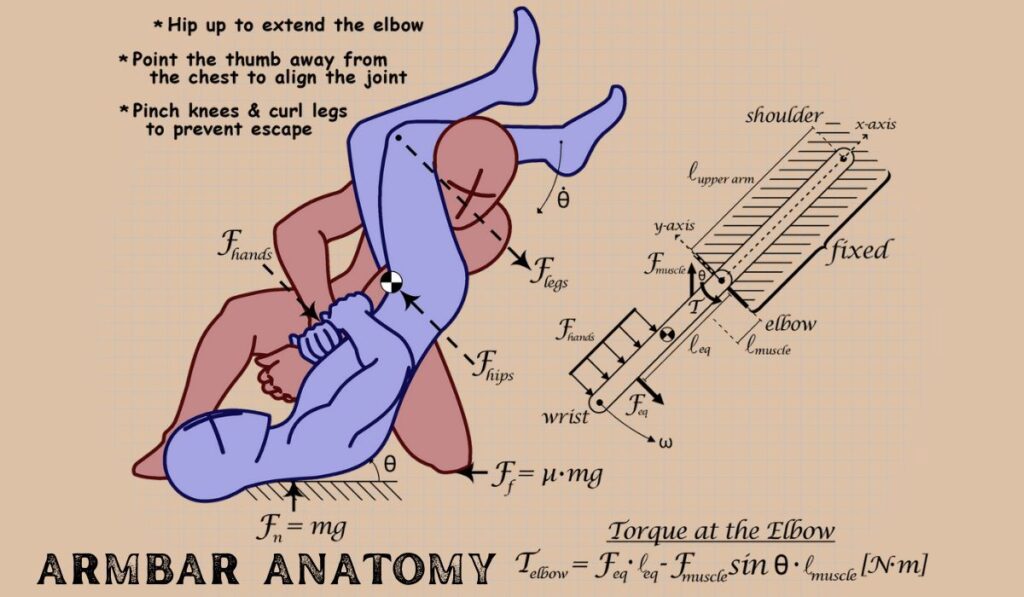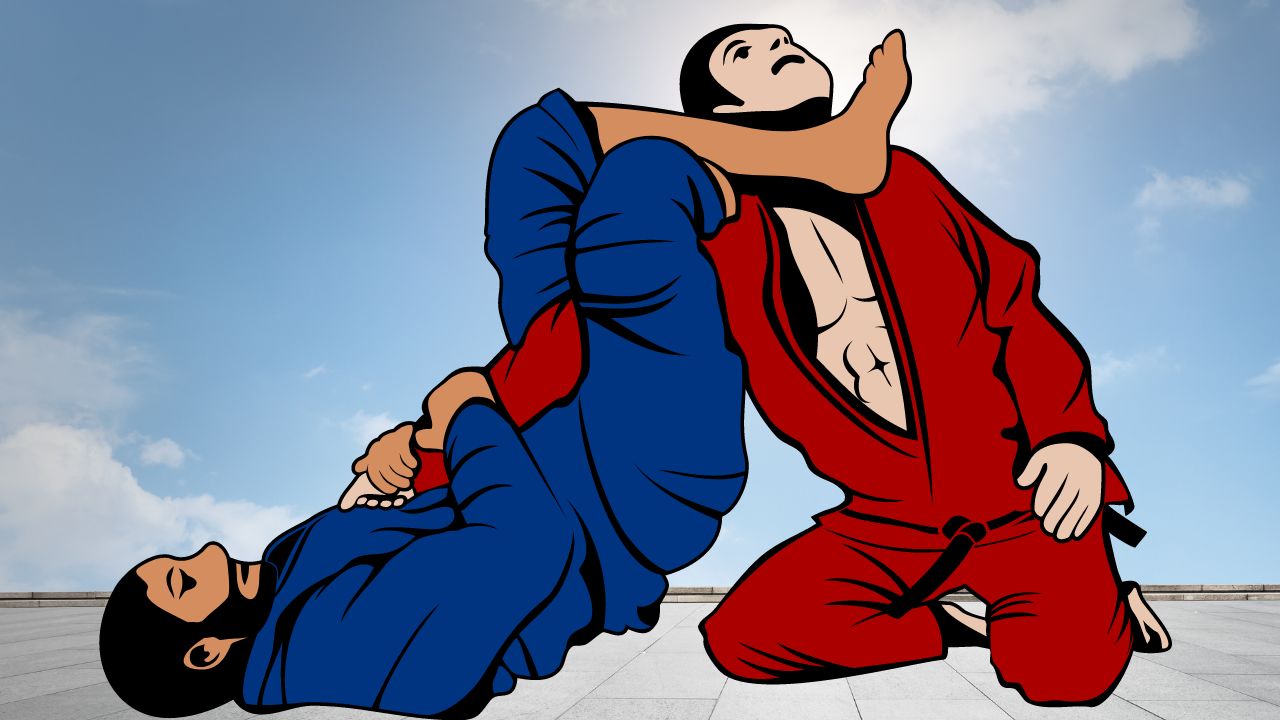
Have you ever struggled to perfect your armbar technique in Brazilian Jiu-Jitsu? The armbar is a critical submission technique that targets the delicate elbow joint, demanding precision and control.
Whether you are grappling from the closed guard, side control, or mount, understanding the intricacies of the armbar is essential for any serious competitor.
This guide explores the variations, setups, and transitions necessary to master the armbar, offering you tools to enhance your grappling efficiency.
Armbar History: Who Created This Technique?

Armbars became the submission choice for Brazilian jiu-jitsu competitors like Rodolfo Viera, Alexandre Ribeiro, Andre Galvao, Marcus Almeida, and Rafa Mendes. So, you’re probably curious about who created the armbar submission.
There is no link between the BJJ armbar submission and its creator since it has existed for hundreds of years. However, this joint lock move is still used today despite nobody knowing when it was initially used.
These days, several devoted competitors and coaches have developed many jiu-jitsu armbar variation techniques. Therefore, the armbar is often used in BJJ tournaments with a high success percentage.

BJJ Armbar Anatomy!
The armbar is one of the essential submission techniques available to knowledgeable practitioners in Brazilian jiu-jitsu and mixed martial arts.
It refers to the cross armlock and is most famous in the Judo martial art as Ude Hishigi Juji Gatame. So, how does the armbar work?
The armbar is a brutal lock submission that produces a hyperextension of the elbow.
In addition, it requires precise control of the opponent’s arm to be applied appropriately. In this case, the opponent will be forced to tap out due to the unsupportable pain landing on his elbow joints.
Unfortunately, this arm submission might damage your elbow if you’re late tapping out or processing the proper escape. Here is why?

Learn next about Armbar Setup!




